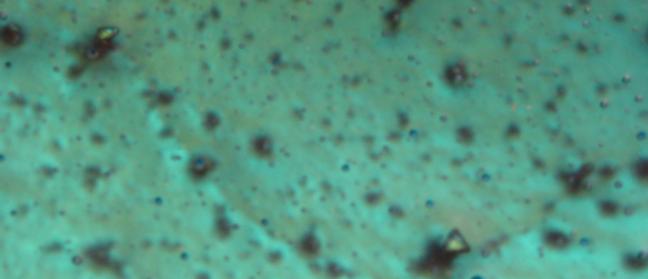GLASS DEFINITIONS
M H G W
Marcus Harper
GlassWorks
Terms Commonly Used in Glass Art
DICHROIC GLASS
A type of glass made in a heated vacuum chamber where metal oxides are applied to the glass in varying layers. These layers produce different colors in reflected and transmitted light. A third color is visible when viewing the glass at an angle. The combination of the reflected and transmitted colors is why dichroic glass is so colorful and inviting.
INCLUSIONS
Small pieces of metal used in some pieces of glass art. These metals consist of brass, copper, and silver.
FRIT CASTING
Process in which a mold filled with frit (small granules of glass ranging in sizes from powder to rock salt) is heated to the point that the frit fuses together into a solid mass.
FUSING
Process of heating and bonding glass together.
FULL FUSE
Process of melting two (2) or more layers of glass into one (1) single piece of glass. Temperatures in the kiln approach 1,500 degrees Fahrenheit.
TACK FUSING
Process of heating glass to the point that it is bonded together, yet maintaining a textured surface. Kiln temperatures range from 1,300 to 1,400 degrees Fahrenheit.
SLUMPING
A technique used to form glass into a mold using heat and gravity with kiln temperatures between 1,000 and 1,300 degrees Fahrenheit.
DRAPING
A technique used to form glass over a mold using heat and gravity with kiln temperatures between 1,000 and 1,300 degrees Fahrenheit.
KILN CASTING
General purpose term referring to the melting of glass into a mold inside a kiln.
REVERSE RELIEF KILN CASTING
A kiln casting process resulting in a solid block of glass with relief imagery in the back of the piece, creating a nearly holographic image

